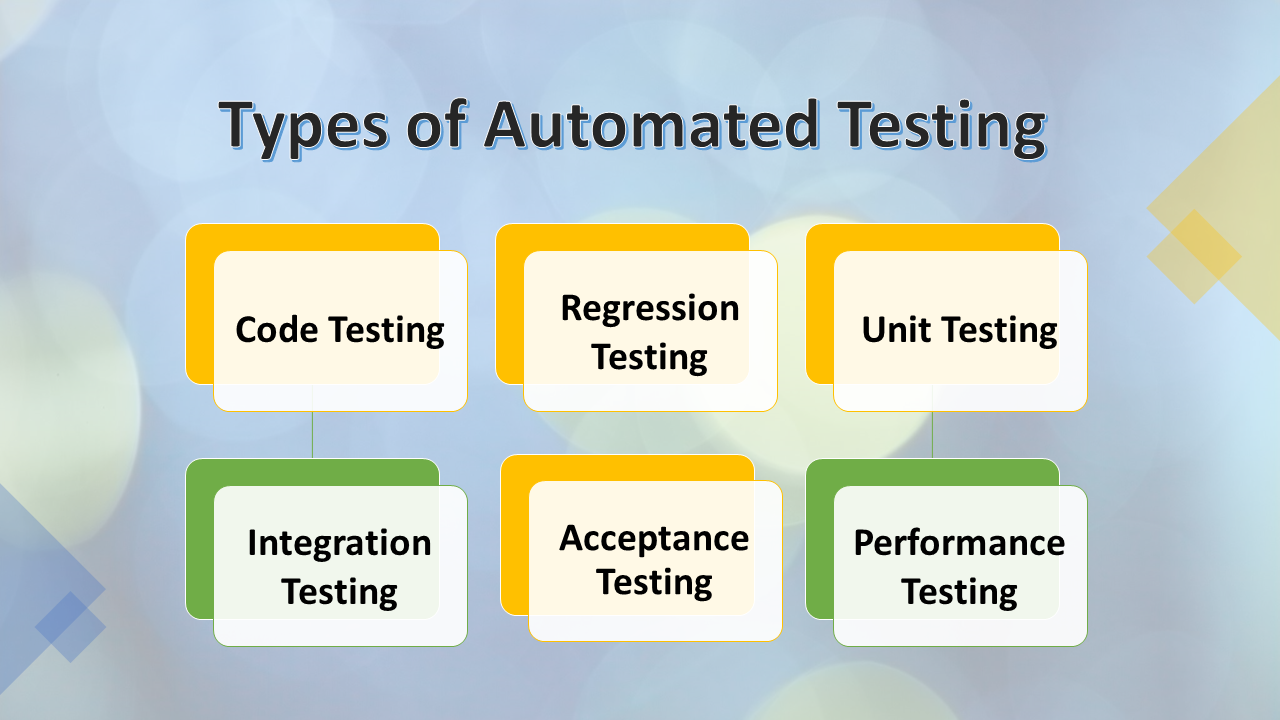From Handbook to Automated Screening: A Comprehensive Guide to Transitioning Smoothly and Properly
In the realm of software program testing, the change from handbook to automated processes has come to be a progressively crucial shift for companies looking for to enhance effectiveness and accuracy in their screening techniques. The trip from handbook to automated screening is not without its difficulties, yet when approached tactically and with a clear strategy in mind, the advantages can be substantial.
Benefits of Automated Checking
Automated screening uses countless advantages, enhancing efficiency and accuracy in software application growth procedures. Automated examinations can be run at the same time on several gadgets and running systems, considerably speeding up the screening stage contrasted to hand-operated testing.
In addition, automated testing makes sure a greater level of accuracy in finding defects. Considering that automated examinations comply with predefined manuscripts, human mistake is reduced, causing even more trustworthy examination results. Uniformity in testing is also improved, as automated tests perform the exact same actions precisely each time they are run. This consistency is critical in ensuring that all capabilities of the software program are thoroughly evaluated, minimizing the possibility of unnoticed pests sliding via to manufacturing.
Selecting the Right Tools

Firstly, assess your requirements and purposes. Recognize the range of your job, the innovations involved, and the ability of your group. This evaluation will help you identify the capabilities and features you require in your screening devices.
Second of all, think about the compatibility of the tools with your existing systems and processes. Smooth assimilation with your present software program advancement lifecycle is necessary to make certain a smooth shift to automation.
Furthermore, examine the scalability and versatility of the tools. As your testing needs progress, the devices need to have the ability to adjust and accommodate changes effectively.
Lastly, aspect in the support and neighborhood around the tools. When applying automated screening, robust assistance and an energetic individual community can offer valuable sources and help. By meticulously considering these facets, you can choose the right tools that straighten with your needs and set the stage for an effective shift to automated testing.
Creating Efficient Examination Scripts

When crafting examination scripts, it is necessary to think about the particular needs of the software application being checked and guarantee that the manuscripts attend to all crucial functionalities. Clear and detailed naming conventions for examination scripts and examination cases can boost readability and maintainability. Furthermore, including error handling devices within the test scripts can aid in identifying and resolving problems promptly.
In addition, arranging test manuscripts into modular parts can enhance reusability and scalability, lowering redundancy and improving efficiency in test manuscript maintenance. Normal evaluations and updates to test scripts are critical to keep speed with advancing software demands and capabilities. By following these principles, testers can produce robust and reliable test scripts that contribute substantially to the success of automated screening procedures.
Integrating Automation Into Workflows
Efficient combination of automation tools into existing process explanation enhances and improves processes efficiency within software application growth cycles. When including automation right into operations, it is essential to determine recurring tasks that can be automated to save time and decrease human error. By effortlessly integrating automated testing tools like Selenium or Appium into the software development lifecycle, groups can achieve faster responses on code adjustments, leading to quicker bug detection and resolution. This assimilation enables continual screening throughout the advancement process, guaranteeing that any issues are recognized early on, resulting in higher software high quality. Furthermore, automation can be utilized to set off tests immediately after each code dedicate, offering instant recognition and releasing up testers to concentrate on even more facility circumstances. Proper integration of automation devices needs collaboration in between advancement, testing, and procedures groups to establish a unified workflow that enhances efficiency and performance in providing premium software items.
Making Certain a Smooth Shift
Successfully transitioning to automated testing involves thorough planning and cautious execution to decrease disruptions and make the most of effectiveness in the software advancement process - automation testing. To make certain a smooth transition, it is vital to begin by conducting a complete assessment of the current testing procedures and recognizing areas where automation can bring the most considerable advantages. Involving with all stakeholders at an early stage while doing so, consisting of programmers, testers, and project managers, is important for gathering support and buy-in for the automation campaign
Interaction is vital during this transition phase. Clear communication their website of the goals, benefits, and expectations of automated screening assists to take care of any type of resistance or worries that might develop. Furthermore, supplying sufficient training and resources for staff member to upskill in automation devices and methods is important for making sure a successful shift.

Final Thought
In verdict, transitioning from manual to automated testing provides various advantages, consisting of increased effectiveness and integrity. By selecting the appropriate tools, writing effective test scripts, and integrating automation perfectly right into process, companies can make sure a successful and smooth shift. It is important to accept automation as an important asset in software testing procedures to boost general quality and productivity.
In the world of software program screening, the shift from manual to automated procedures has actually ended up being a progressively important transition for companies looking for to enhance performance and precision in navigate here their testing practices. Automated examinations can be run concurrently on several devices and running systems, substantially speeding up the screening phase contrasted to hands-on testing. Uniformity in testing is additionally enhanced, as automated tests implement the exact same steps specifically each time they are run.To guarantee the effective application of selected screening tools, the development of effective examination scripts plays an essential function in validating the capability and performance of automated procedures - automation testing. By following these concepts, testers can create durable and effective test manuscripts that contribute dramatically to the success of automated testing procedures